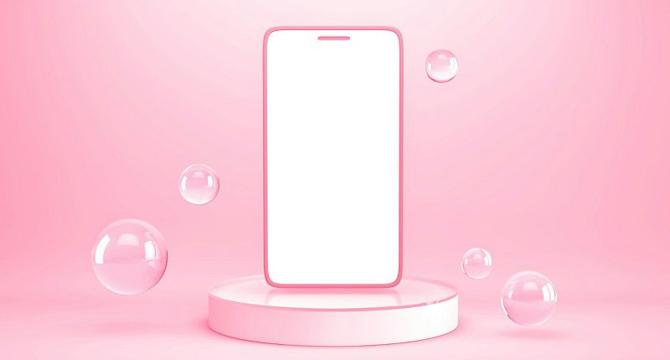Knowridge
1M
315

Image Credit: Knowridge
Debunking five myths about when your devices get wet
- Myth 1: Despite a wet device turning on again, internal corrosion can still occur over time, causing potential damage.
- Myth 2: The term 'waterproof' can be misleading, and it's essential to understand specific water resistance standards like IP ratings to gauge protection accurately.
- Myth 3: IP ratings may not cover all real-world wet scenarios, such as exposure to substances like Jacuzzi suds or spilled drinks.
- Myth 4: Using rice to dry out a wet device is ineffective and can lead to further harm; it's better to power down the device and seek professional assistance.
- Myth 5: Standard warranties often don't cover liquid damage, requiring additional accidental damage coverage for protection against incidents like water exposure.
- Improvements in water-resistance technology have benefited devices, but consumers still face challenges navigating advertising claims and warranty limitations.
- Manufacturers should focus on ethical design, marketing, and service practices to provide realistic expectations and fair repair policies for consumers.
- Caution against exaggerated protection claims, such as Samsung Australia's penalty for overstating phone waterproofing, emphasizes the need for transparent marketing practices.
- Balancing the practicality of device usage in various environments with responsible repair policies and warranties is crucial for ensuring consumer trust and satisfaction.
- Encouraging fair treatment of consumers in terms of repair services and warranty coverage can help users navigate the complexities of maintaining and protecting their devices.
Read Full Article
18 Likes
For uninterrupted reading, download the app